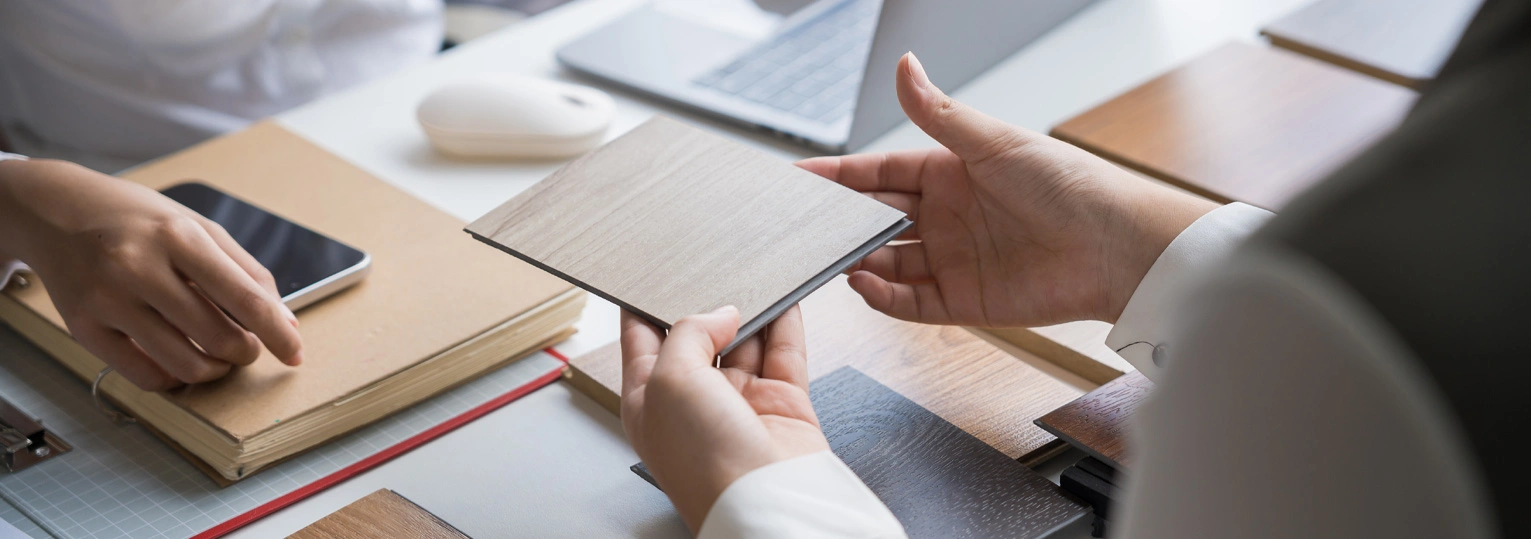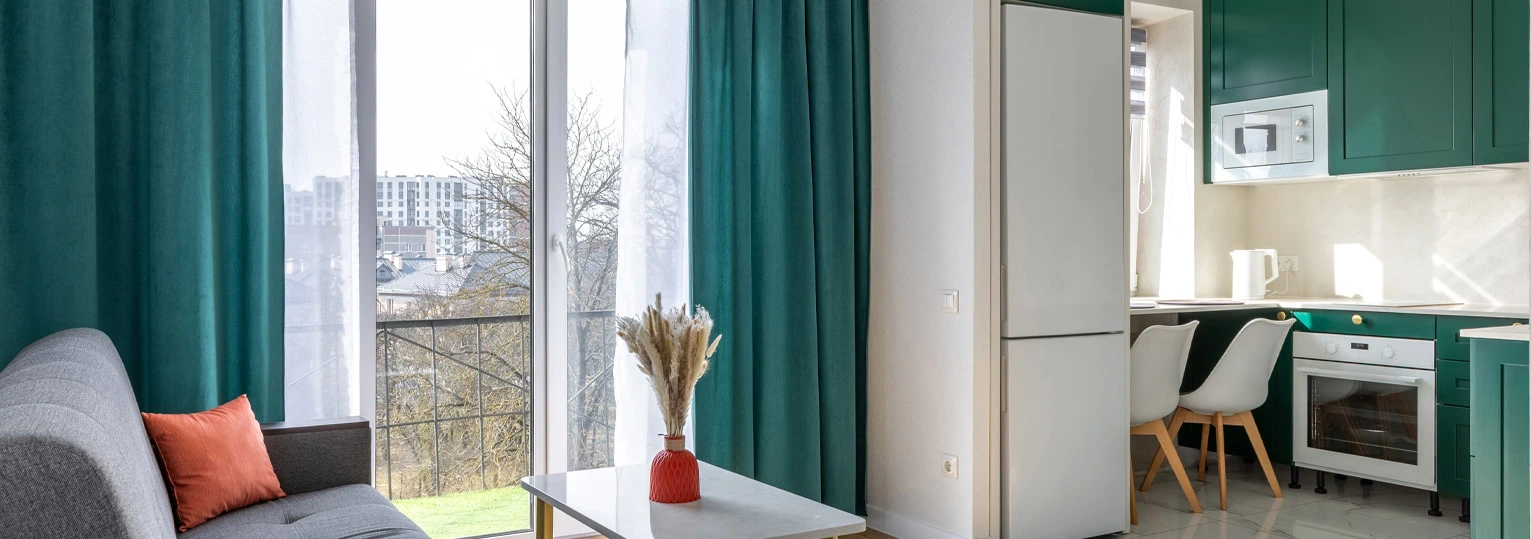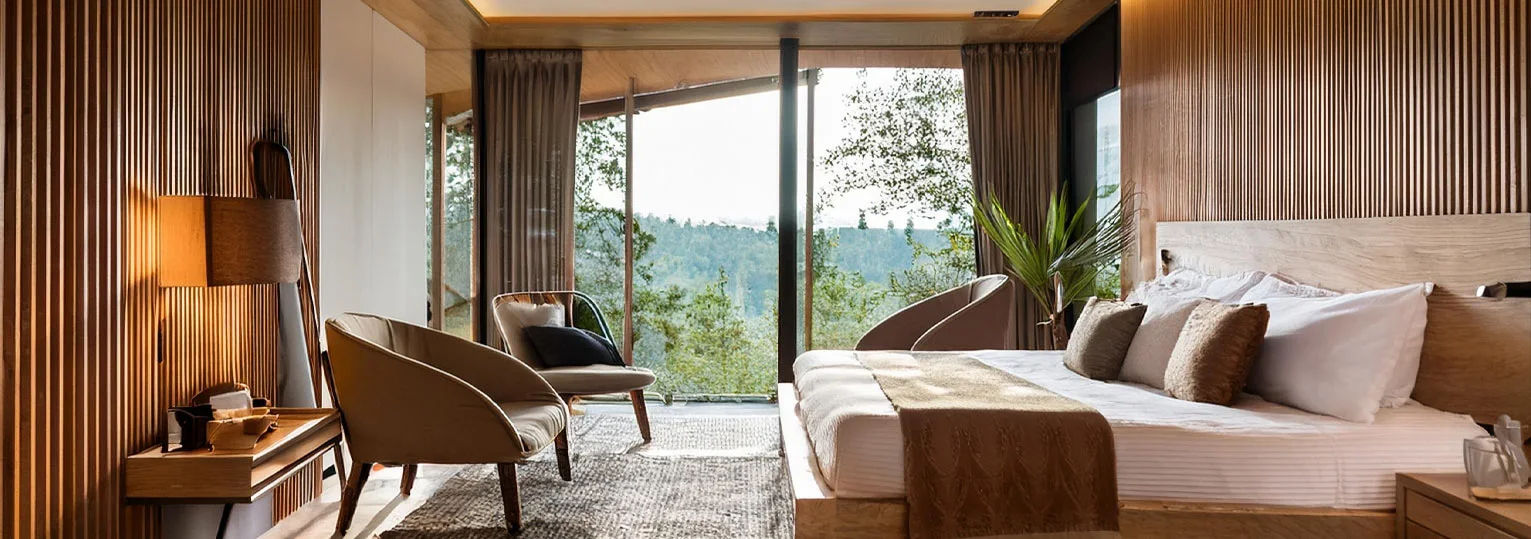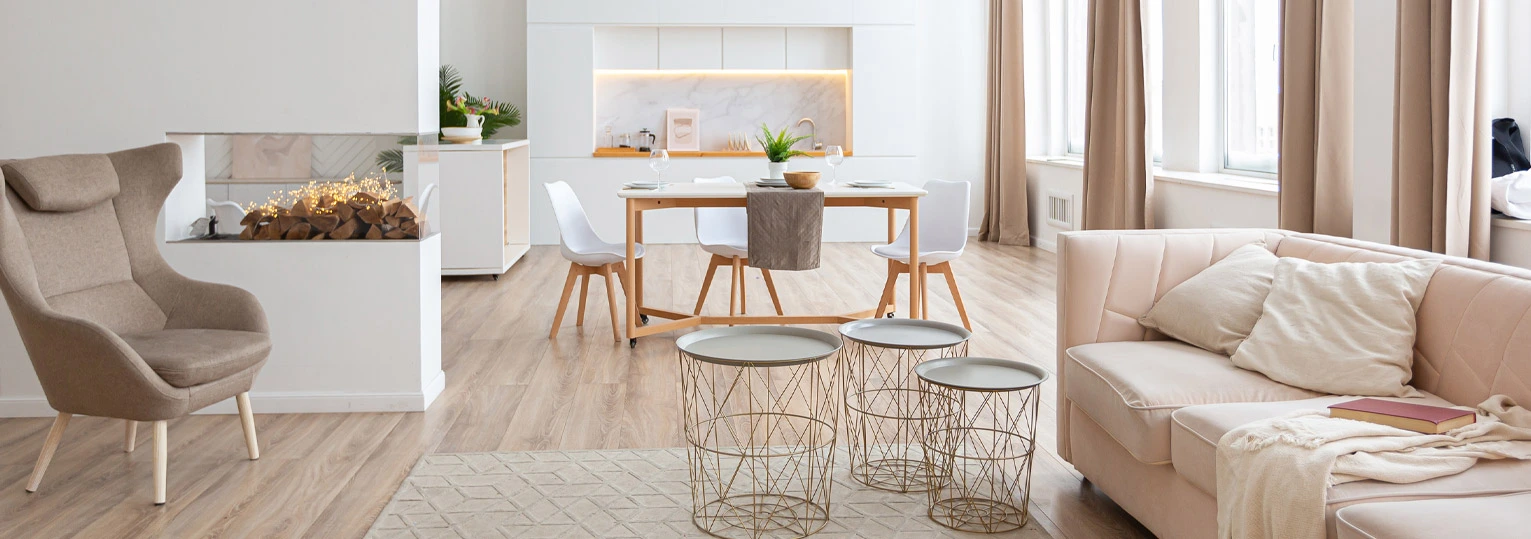As the world is moving towards being environmentally conscious, India is not lagging behind. Interior design in India has taken a sustainable turn, with more and more people demanding interiors that are eco-friendly. This demand is primarily driven by a rising consciousness among consumers on all things green, and the imminent state regulation aimed at reducing waste and leveraging naturally available resources.
Indian interior design, traditionally focused on luxury and aesthetics without much consideration for the ecological environment, has started diversifying. This shift means fewer carbon prints in both residential and commercial spaces, using materials and textiles that have low carbon intensity, and thrusting the energy optimization agenda forward. Eco-friendly materials and energy-saving technologies are no longer optional or mere trends; they are becoming essential in new construction projects.
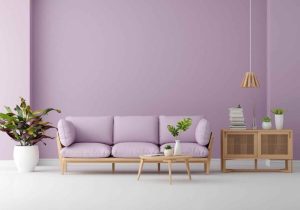
Statistics underline the growth of the sustainable design market, growing rapidly due to consumers’ rising environmental concern and business acumen. The use of materials that support a circular economy, like bio-products and recycled materials, is skyrocketing. Not only does this alleviate the environmental strain, but it also meets the demand for designs that aid healthier lifestyles around the globe.
What makes it possible is a plethora of materials sustainability incursion combined with technology such as eco-technologies’ air coolants and energy-saving mechanisms. The industry is keenly awaiting the next big innovation in air conditioning while striving towards a zero-carbon footprint.
In India, a drastic paradigm shift towards sustainability is occurring within the architectural and interior design landscape. This phenomenon is not a passing fad but a transformation with profound changes stemming from learned environmental impacts.
Green principles within Indian architectural and interior design are fast becoming the norm, driven by both aesthetic and environmental considerations.
Several factors have accelerated this transition. For instance, the demand for eco-friendly living spaces continues to rise sharply among consumers.
Today’s enlightened environmentalists, the current buyers, have developed a taste for homes that are both ecologically and health friendly.
It is no longer an option for architects and interior designers to view sustainability as just an added advantage; it is now a fundamental aspect of their project planning.
The government’s recent push for sustainability through environmentally-friendly laws and incentives has also accelerated this process. Policies aimed at optimizing energy consumption and minimizing waste during construction have played a crucial role in influencing change.
Furthermore, green materials and technologies are becoming economically viable, enabling projects to implement sustainable solutions more broadly. The shift is no longer solely about energy production or the use of eco-friendly materials but is about creating solutions that ensure the highest levels of sustainability in living environments.
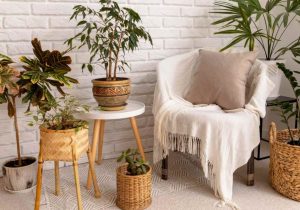
Among the materials being embraced, bamboo stands out as a favorite for many designers due to its rapid growth and sustainable harvesting. Strong and aesthetically pleasing, bamboo is durable enough for use in flooring, cabinetry, and furniture. Reclaimed wood is another popular choice, harvested from old buildings, abandoned furniture, and other sources. Its use not only preserves forests but also adds a unique, rustic charm to spaces, providing a timeless aesthetic.
Metallic elements like aluminum and steel are also trending in design due to their durability and recyclability, ensuring low energy needs and minimal emissions during production. These metals can be used in structural elements, décor, and fixtures, enhancing the modern look of a home while keeping environmental impacts low.
These materials enhance the aesthetic appeal and functionality of homes and significantly reduce the environmental footprint of design projects.
Innovative technologies play a pivotal role in sustainability, reshaping the landscape of interior design. Modern homes and commercial setups in India and surrounding regions increasingly utilize advanced technology that not only enhances aesthetic appeal but also conserves the environment.
Energy-efficient appliances are leading this shift. Today’s refrigerators, washers, and HVAC systems use minimal electricity while maintaining optimal efficiency, significantly reducing a household’s carbon footprint. This is crucial as energy demands in the country continue to rise.
Smart thermostats have shown excellent potential as well. These devices adjust temperatures based on real-time weather patterns and user habits, allowing for comfortable living without unnecessary energy use. Integrated with home automation systems, these thermostats can be controlled remotely via smartphones, enabling homeowners to efficiently manage their energy usage.
LED lighting systems are also key in promoting sustainable interior design. These bulbs are vastly more energy-efficient compared to traditional incandescent bulbs, have a longer lifespan, and can adjust colors and intensities to create the right ambiance while saving energy.
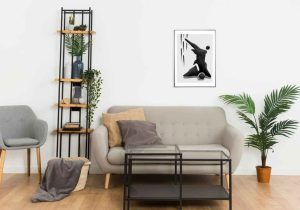
Sustainable design also involves innovative architectural strategies to minimize environmental impact. A primary focus in modern Indian homes is maximizing natural light. Builders design structures with large, strategically placed windows to maximize sunlight throughout the day, reducing the need for artificial lighting and heating, thus saving energy.
Another trend supporting sustainable living in urban Indian homes is multipurpose furniture, which enhances the functionality of limited spaces. Beds with built-in storage, collapsible dining tables, and sectional sofas combine functionality with sustainability, reducing the need for multiple furniture pieces.
Green walls and vertical gardens are becoming increasingly popular in both residential and commercial spaces. These installations not only beautify spaces but also improve air quality and introduce biodiversity, mitigating urban heat effects. They create healthier living environments by enhancing air circulation and producing oxygen.
By implementing these strategies, modern Indian homes and commercial spaces cater to both aesthetic and functional needs while contributing to broader environmental conservation efforts. This holistic approach to design ensures that sustainability is deeply embedded in the fabric of modern living environments.
As we’ve explored the momentum towards sustainable interior design is not just a trend but a profound shift in how we think about and design durable homes through design. From the adoption of eco-friendly materials like bamboo and recycled metals to the integration of energy-efficient technologies and innovative design strategies, the focus is clear: to create environments that are not only aesthetically pleasing but also environmentally responsible and sustainable
The use of smart thermostats, LED lighting, and energy-efficient appliances demonstrates a commitment to reducing energy consumption and minimizing carbon footprints. Additionally, design approaches that maximize natural light and optimize living spaces with multipurpose furniture not only cater to the needs of modern lifestyles but also embrace the principles of sustainability. These elements are crucial for anyone looking to renovate or design their spaces with an eye towards the future.
At Bonito Designs, we understand that embarking on a sustainable interior design project is about making choices that align with both your aesthetic desires and environmental values. As the first-ever ISO certified brand in interior design in India, we are committed to excellence and sustainability in every aspect of our work.
Our team of over 300 skilled designers is equipped to deliver designs that are not only innovative but also environmentally conscious.
Quality Assurance: With over 400 tests and 7 quality checks, each project meets rigorous standards of quality and durability.
Timely Delivery: We guarantee that your space will be ready within 90 days, so you can enjoy your new sustainable home without unnecessary delays.
Budget-Friendly Solutions: With easy EMI options, sustainable design is accessible on any budget.
In-House Manufacturing: Bonito Designs builds everything from scratch, ensuring every element of your interior meets the highest standards of sustainability and style for 2024 in India.
